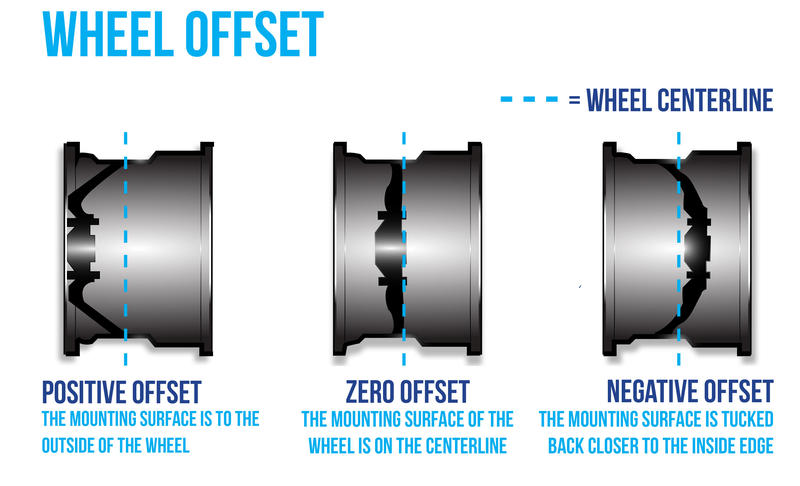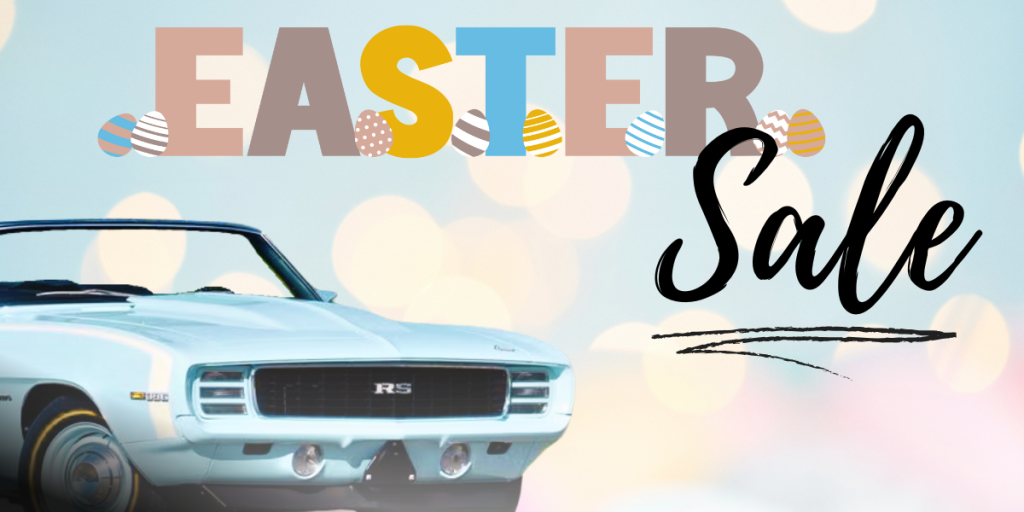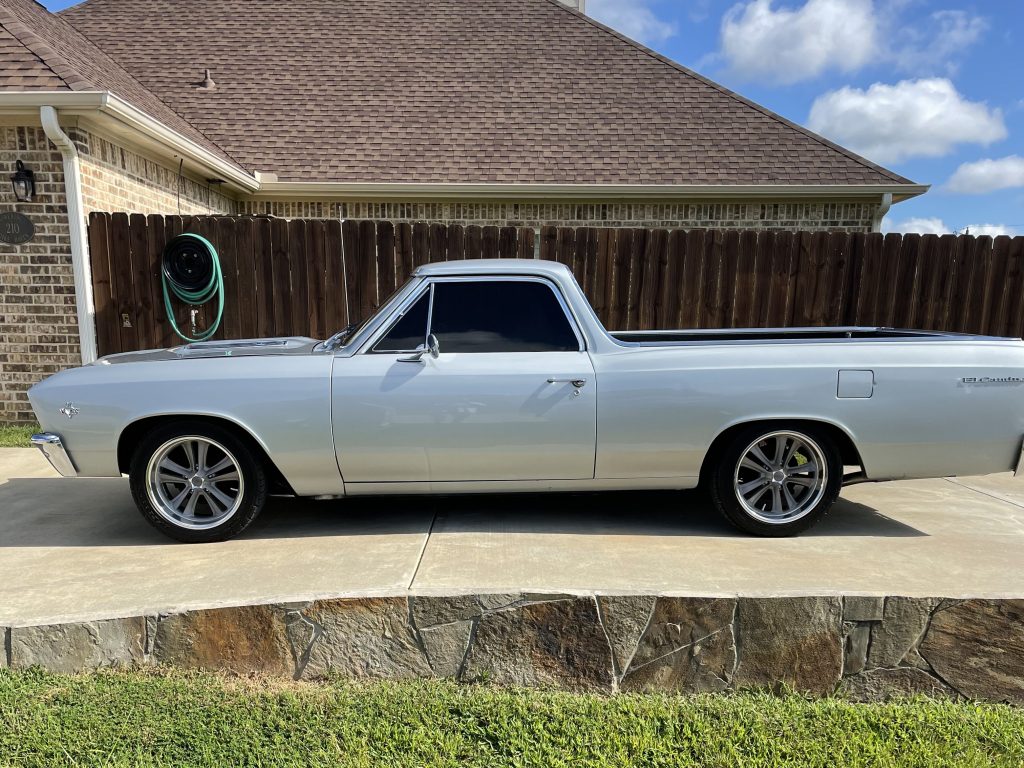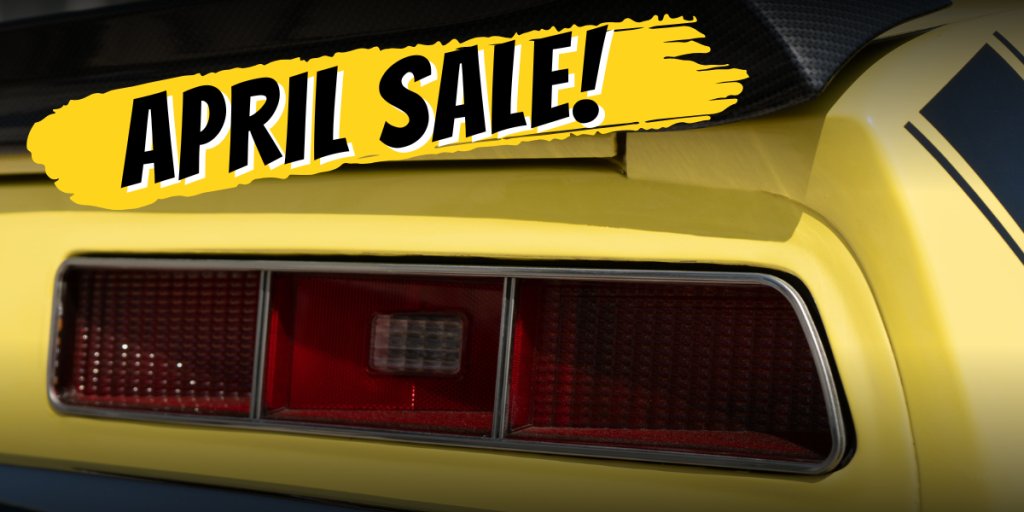What It Means and Why It Matters
Wheels and tires are unique to every car as a fingerprint is to humans. Each one is different. Unlike humans, we can change the wheels and tires on our vehicles.
Just changing the wheels and tires can dramatically chance the look of your car. Big fat tires in the back and little skinny ones in the front says it’s a drag racing machine. Large diameter and wide all the way around mean it’s made for Pro-Touring. But what do all the numbers and sizing mean?
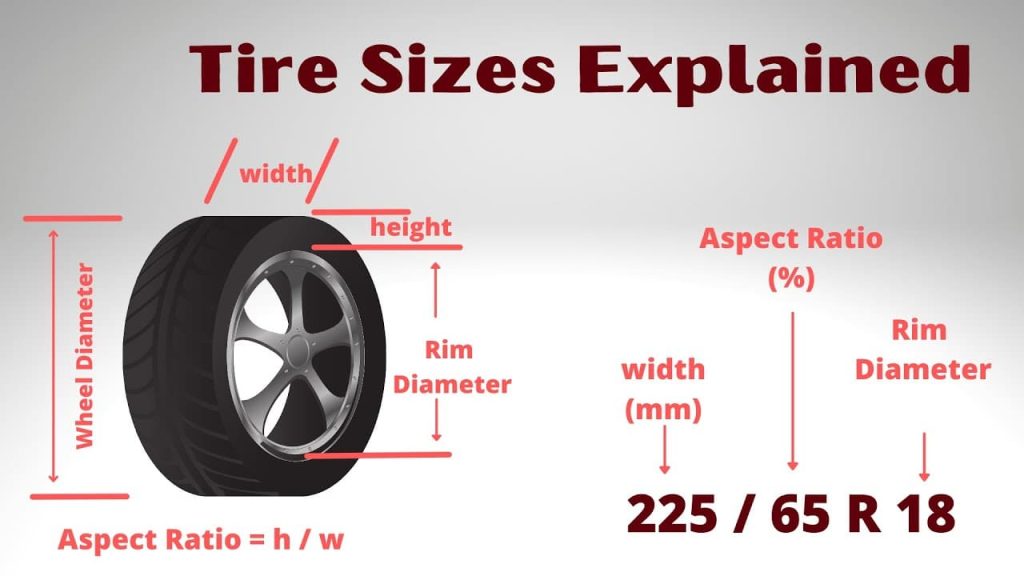
The Basics: How Wheel and Tire Sizes Are Measured
Wheel sizes are measured in inches and are typically written in Diameter X Width.
For example:
17×8 means 17 inches in diameter and 8 inches wide.
You’ll also often see terms like:
Offset (ET): The distance from the wheel’s mounting surface to the centerline of the wheel. Positive offset pushes the wheel inward; negative offset brings it outward.
Bolt Pattern: Indicates the number of lugs and spacing (e.g., 5×114.3).
Center Bore: The hole in the center of the wheel that fits over the hub.
Tire Sizing
For tire sizing, there’s usually a set of three numbers. This applies to any newer tires.
For example, 225/45/R17
Breakdown:
225: Tire width in millimeters
45: Aspect ratio (sidewall height is 45% of the width)
R17: Radial tire designed to fit a 17-inch wheel
How Wheels and Tires Work Together
The wheel and tire must be matched in size for safety and proper fit. For example, a 225/45R17 tire is designed to fit a 17-inch wheel. Wider wheels typically require wider tires, and changes in diameter can affect speedometer accuracy and ride height. While some segments of automotive world love to stretch narrow tires to fit wide rims, that’s not the safest and could see failure.
Pros and Cons of Various Wheel & Tire Sizes
Smaller Wheels with Taller Tires (e.g., 15-inch wheels with 65-series tires)
Pros:
More comfortable ride due to taller sidewalls
Better protection against potholes
Generally cheaper to replace
Lighter weight (improves MPG and acceleration)
Cons:
Less sharp cornering response
Less visual appeal (subjective)
May not fit larger brakes

Larger Wheels with Low-Profile Tires (e.g., 20-inch wheels with 30-series tires)
Pros:
More responsive handling
Sportier, more Pro-Touring appearance
Can accommodate bigger brake setups
Better traction in performance tires
Cons:
Harsher ride (shorter sidewalls = less cushioning)
Higher risk of curb damage and bending
Tires are more expensive
Heavier, which can reduce fuel economy and acceleration
Plus Sizing: The Common Upgrade Method
Plus Sizing refers to increasing the diameter of the wheel while reducing the aspect ratio of the tire to maintain the overall diameter (and speedometer accuracy).
Example:
OEM: 205/55R16
Plus 1: 215/45R17
Plus 2: 225/40R18
Why it matters: It keeps your ride height and speedo reading close to factory specs while improving the looks and handling.
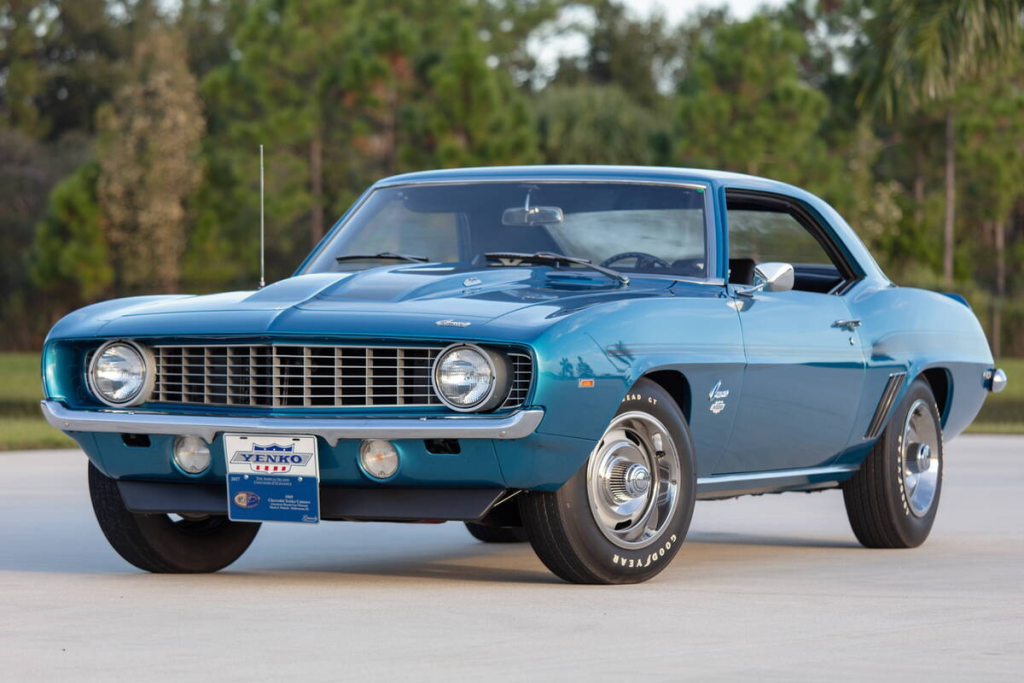
Tire Width and Sidewall Considerations
Wider Tires: Offer more grip but may hydroplane easier in the rain. They also impact MPG.
Narrower Tires: Better in snow or rain, cheaper, but less stable in corners.
Taller Sidewalls: Flex more, offering comfort.
Low-Profile Tires: Provide precise steering feedback but reduce cushioning.
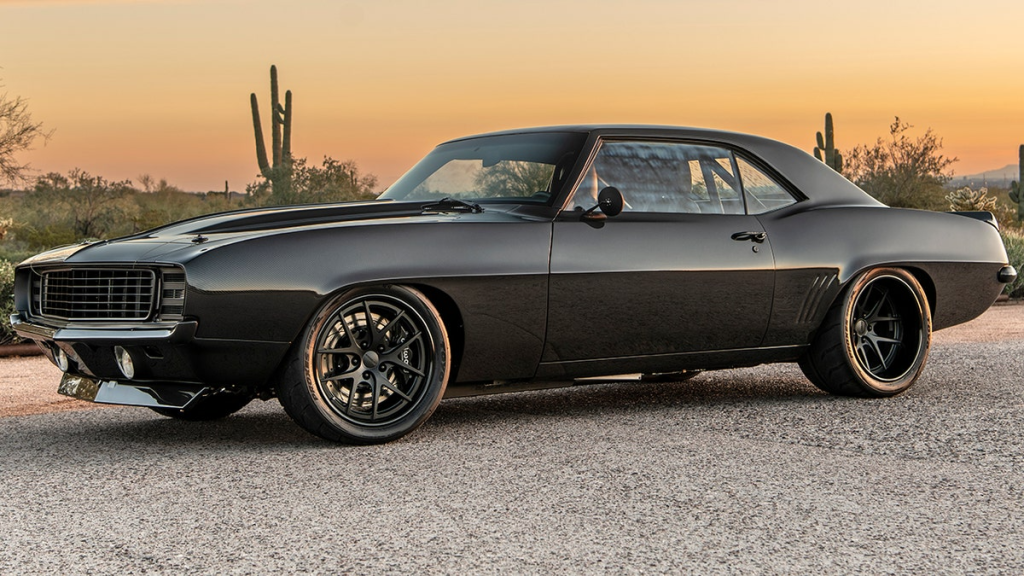
Wheel Offset and Fitment: Don't Overlook This!
Incorrect offset can lead to:
Tires rubbing fenders or suspension components
Altered handling
Wheel bearings wearing prematurely
Always ensure:
The offset fits your vehicle’s geometry
The wheel clears your brake calipers and suspension arms
There’s no one-size-fits-all answer. It’s all about balancing aesthetics, performance, comfort, and cost. While bigger wheels and thinner tires may look and handle better, they can cost more and feel harsher. Conversely, downsizing may improve comfort and efficiency but sacrifice performance and looks.
Before you upgrade:
Use a tire size calculator to maintain overall diameter
Double-check bolt pattern, offset, and clearance
Consider ride comfort, terrain, and your driving style
If you still need help, give our friendly techs a call at (203) 235-1200 and make sure to hop on SS396.com for all your parts!

